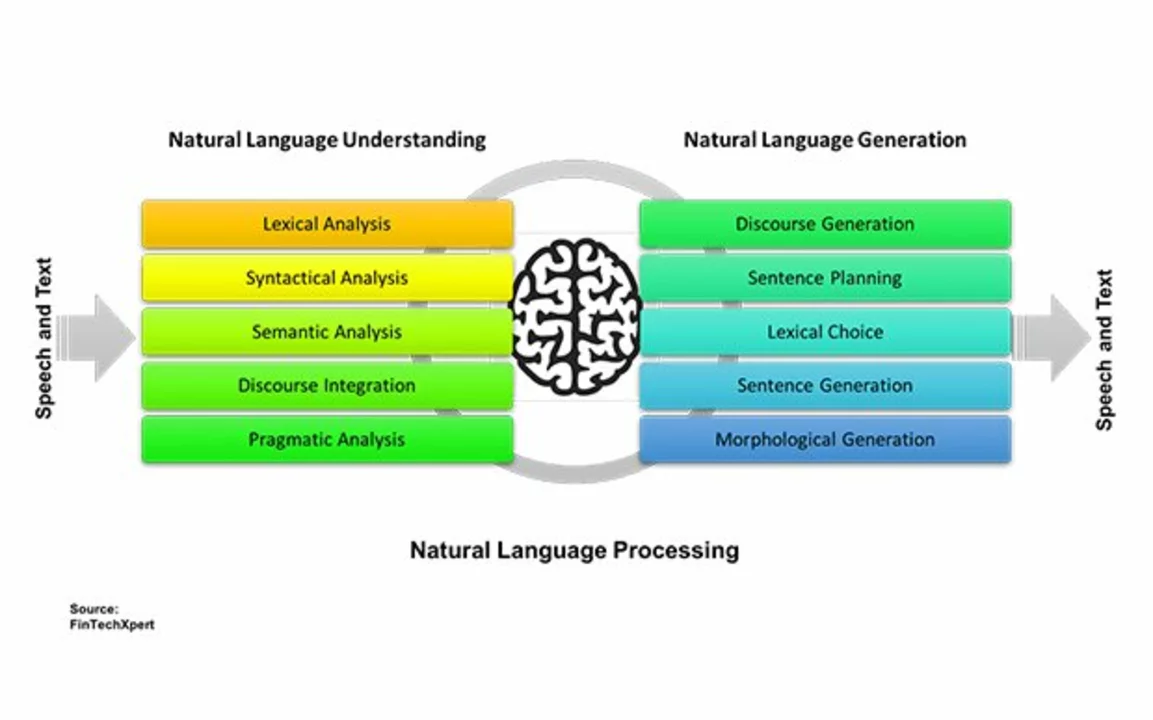Language Processing – What’s New and Why It Matters
If you’ve ever typed a query into a search bar or talked to a virtual assistant, you’ve already used language processing. It’s the engine that turns words into actions, and it’s getting smarter every day. On this page you’ll find the most useful posts that break down the technology, the business impact, and the cool new tools you can try right now.
Why Language Processing Is Changing the Tech Landscape
First off, language processing lets machines understand human speech and text without a human in the loop. That means faster customer support, more accurate translations, and smarter content recommendations. Companies are saving time and money by automating routine tasks, and developers are building apps that feel more natural to use.
One big driver is the rise of large language models, like the ones behind chatbots and content generators. These models can write essays, answer questions, and even code simple scripts. The result? A new wave of products that can talk, write, and analyse language faster than ever before.
But the tech isn’t just for big players. Small businesses can tap into cloud‑based APIs to add voice search, sentiment analysis, or automated email sorting to their workflow. The barrier to entry is lower, and the payoff can be huge – think quicker response times and happier customers.
Top Articles You Should Read Right Now
Our tag “language processing” pulls together a mix of articles that cover the basics and the cutting edge. If you’re new to the topic, start with the post about artificial intelligence technologies. It explains how AI, natural language processing, and computer vision work together to create smart systems.
For a deeper dive, check out the piece on fusion vs. quantum computing. While not strictly about language, it shows how future hardware could supercharge NLP models, making them faster and more efficient.
Are you curious about real‑world impact? The article on Vande Bharat trains isn’t about language, but it illustrates how complex financing models and data‑driven decisions shape big projects – a lesson that applies to deploying language solutions at scale.
Don’t miss the discussion on whether coding belongs in information technology. It reinforces that code is the backbone of any language processing system, from simple scripts to massive AI pipelines.
Finally, the post titled Should we teach an information technology subject in school? tackles education. It’s a reminder that the next generation of developers will need solid grounding in both programming and language AI to keep the field moving forward.
All these reads give you a 360‑degree view of how language processing fits into the wider tech ecosystem. Pick the topics that match your interest, try out a demo API, and see how you can make your own projects smarter.
Ready to experiment? Grab a free trial from a cloud provider, feed it a few sentences, and watch the model generate a summary or answer a question. You’ll feel the power of language processing in minutes, not weeks.
Stay tuned to this tag for fresh updates, new case studies, and practical guides. Language processing is evolving fast, and the best way to keep up is to read, experiment, and share what you learn.
How does translation software deal with synonyms?
As a blogger, I've been curious about how translation software handles synonyms. I've discovered that these tools use complex algorithms and machine learning to analyze context and choose the most suitable synonym during translation. They also rely on extensive databases that contain multiple language pairs and their associated synonyms. Additionally, translation software continually improves as it learns from user inputs and feedback. In summary, dealing with synonyms is an intricate process for translation software, but they have been designed to handle this challenge effectively.
